Home>Storage Ideas>Bedroom Storage>How To Remove Turmeric Stains From Household Items
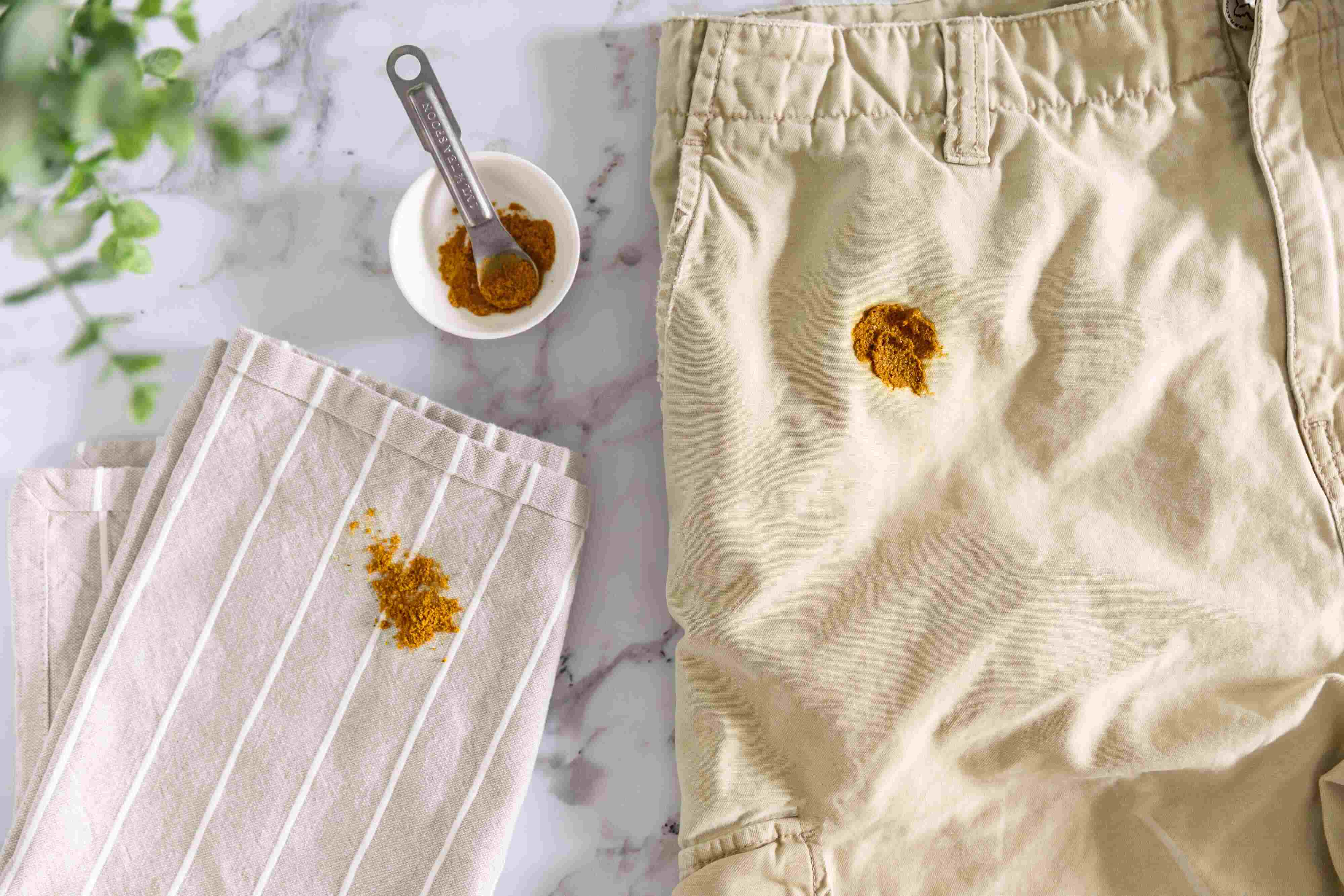

Bedroom Storage
How To Remove Turmeric Stains From Household Items
Modified: August 17, 2024
Learn effective methods for removing turmeric stains from various household items in your bedroom storage. Keep your items stain-free with these simple tips.
(Many of the links in this article redirect to a specific reviewed product. Your purchase of these products through affiliate links helps to generate commission for Storables.com, at no extra cost. Learn more)
Introduction
Have you ever experienced the frustration of accidentally spilling turmeric on your favorite fabric or staining your countertops while cooking? Turmeric, with its vibrant yellow color and powerful staining properties, can quickly leave stubborn marks on various household items. However, there is no need to panic! With the right knowledge and a few simple techniques, you can easily remove turmeric stains and restore your belongings to their original condition.
In this article, we will guide you through the process of safely and effectively removing turmeric stains from different household items, including fabrics, carpets, countertops, cookware, and more. Whether it’s a turmeric spill on your favorite shirt or a stubborn stain on your kitchen countertop, we’ve got you covered!
Before we delve into the specific techniques for removing turmeric stains, let’s first understand why turmeric can be such a tough stain to tackle.
Key Takeaways:
- Say goodbye to stubborn turmeric stains on fabrics, carpets, and countertops with quick action, gentle cleaning methods, and pre-treatment steps. Restore your belongings to their original condition with confidence and ease.
- Tackle turmeric stains on cookware, glassware, and plastic items using natural remedies and gentle cleaning techniques. Act promptly, protect delicate surfaces, and say goodbye to unsightly stains.
Read more: How To Remove Turmeric Stains From A Bathtub
Understanding Turmeric Stains
Turmeric, a common spice in many culinary dishes, contains a natural pigment called curcumin, which gives it its vibrant yellow color. While the bright hue can add a beautiful touch to your meals, it can be quite stubborn when it comes to staining surfaces and fabrics.
One of the reasons turmeric stains are challenging to remove is that curcumin has a powerful affinity for binding to various materials, including fibers in fabrics and porous surfaces. Additionally, the natural dyes present in turmeric tend to penetrate deep into the material, making the stains more difficult to tackle.
Another factor that contributes to the stubbornness of turmeric stains is their sensitivity to light. When exposed to sunlight or heat, curcumin undergoes a process called oxidation, which can lead to the formation of darker, more persistent stains.
It’s worth mentioning that the type of material or surface that comes into contact with turmeric can also impact the severity of the stain. Fabrics, carpets, and porous surfaces like countertops may be more prone to absorbing the pigments quickly, making stain removal more challenging.
Now that we have an understanding of why turmeric stains can be so stubborn, let’s move on to the pre-treatment steps that are essential before attempting to remove the stains.
Pre-Treatment Steps
Before directly tackling the turmeric stains, it is crucial to follow a few pre-treatment steps to maximize the chances of successful stain removal. These steps are designed to minimize further damage and ensure that the stain doesn’t spread or set deeper into the material. Here are some pre-treatment steps to follow:
- Act quickly: Turmeric stains are more manageable when treated promptly. The longer the stain sits, the more difficult it becomes to remove. As soon as you notice a turmeric stain, try to address it as soon as possible.
- Blot, don’t rub: When dealing with a fresh turmeric stain, start by gently blotting the stain with a clean cloth or paper towel. Avoid rubbing the stain vigorously, as this can cause the pigments to spread and further embed into the material.
- Avoid heat: Heat can set turmeric stains, making them even more stubborn to remove. Therefore, it’s essential to avoid exposing the stained area to direct heat until the stain is completely gone. This includes avoiding washing the stained fabric with hot water or using hot air when drying.
- Test for colorfastness: Before applying any stain removal method, it is crucial to test it on a small, inconspicuous area of the fabric or surface to check for colorfastness. this ensures that the stain removal method does not cause any discoloration or damage to the material.
Following these pre-treatment steps will prepare the stain for successful removal. Now, let’s move on to specific techniques for removing turmeric stains from different household items.
Removing Turmeric Stains from Different Household Items
Removing turmeric stains can vary depending on the type of material or surface you are dealing with. In this section, we will explore effective methods for removing turmeric stains from fabrics, carpets or rugs, countertops or surfaces, cookware or utensils, glass or ceramic items, and plastic or vinyl items.
Removing Turmeric Stains from Fabrics
For fabric stains, it’s vital to act quickly to prevent the stain from setting. Here’s how you can remove turmeric stains from fabrics:
- Blot: Start by gently blotting the stain with a clean cloth or paper towel to absorb any excess turmeric.
- Cold water soak: If the stain is still visible, create a mixture of cold water and mild detergent. Soak the stained area for about 30 minutes, then gently rub the stain with your fingers or a soft bristle brush. Rinse the fabric thoroughly with cold water.
- Vinegar solution: If the stain persists, apply a mixture of equal parts white vinegar and water to the affected area. Let it sit for a few minutes, then rinse with water and launder as usual.
- Stain remover or bleach: As a last resort, you can try using a stain remover or a mild bleach specially formulated for colored fabrics. Follow the instructions on the product label and test it on a small, inconspicuous area of the fabric first.
Removing Turmeric Stains from Carpets or Rugs
Carpets and rugs can be a bit more challenging to clean due to their absorbent nature. Here’s how you can remove turmeric stains from carpets or rugs:
- Scrape off excess: Start by gently scraping off any excess turmeric using a spoon or a blunt knife. Be careful not to rub the stain, as it may push the pigment deeper into the carpet fibers.
- Blot with paper towels: Next, blot the stained area with paper towels to absorb as much of the turmeric as possible.
- Cold water and dish soap: Create a mixture of cold water and a few drops of mild dish soap. Gently dab the stained area using a clean cloth soaked in the solution. Continue blotting until the stain fades.
- Vinegar and water: If the stain persists, mix equal parts white vinegar and water. Apply the solution to the stain, let it sit for a few minutes, then blot with a clean cloth or sponge. Rinse with water and blot dry.
- Carpet cleaner: If the stain still lingers, consider using a carpet stain remover or a carpet cleaning solution according to the manufacturer’s instructions. Test it on a small, inconspicuous area first to ensure it won’t cause discoloration or damage.
Removing Turmeric Stains from Countertops or Surfaces
Countertops and surfaces made of different materials may require specific cleaning methods to remove turmeric stains. Here are some effective techniques:
- Wipe immediately: If you spill turmeric on a countertop or surface, wipe it up immediately using a damp cloth or sponge. This will prevent the pigments from seeping into the material and staining it.
- Mild dish soap: Create a mixture of mild dish soap and warm water. Dip a sponge or cloth into the solution, then gently scrub the stained area. Rinse with water and dry with a clean cloth.
- Vinegar and baking soda: For stubborn stains, make a paste using equal parts white vinegar and baking soda. Apply the paste to the stain, let it sit for a few minutes, then scrub the area with a soft brush or sponge. Rinse thoroughly and dry.
- Specialized cleaners: Some surfaces, such as granite or marble, may require specialized cleaners to prevent damage. Follow the manufacturer’s instructions and choose a cleaner specifically designed for your type of countertop.
Removing Turmeric Stains from Cookware or Utensils
Turmeric stains can often cling to cookware and utensils, making them difficult to remove. Follow these steps to tackle turmeric stains from your cooking tools:
- Handwashing with dish soap: For non-stick cookware or utensils, start by gently handwashing the stained items with warm water and mild dish soap. Use a scrub brush or sponge to remove any residue.
- Baking soda paste: If the stains are particularly stubborn, create a paste using baking soda and water. Apply the paste to the stains, let it sit for a few minutes, then scrub with a soft brush or sponge. Rinse thoroughly.
- Vinegar soak: For stainless steel or copper cookware, soak the stained items in a mixture of equal parts white vinegar and water for about 30 minutes. Scrub the stains with a soft brush or sponge, then rinse and dry.
- Lemon juice: Another option for removing turmeric stains from stainless steel is to rub the stain with lemon juice. The natural acidity of the lemon juice can help break down the pigments. Rinse and dry thoroughly.
Removing Turmeric Stains from Glass or Ceramic Items
Glass or ceramic items can often develop tea or coffee stains, which can also be caused by turmeric. Here’s how to remove turmeric stains from glass or ceramic:
- Baking soda paste: Make a paste using baking soda and water. Apply the paste to the stained areas on the glass or ceramic items. Gently scrub with a soft brush or sponge until the stains fade. Rinse thoroughly.
- Vinegar and water: If the stains persist, mix equal parts white vinegar and water. Soak the glass or ceramic items in the solution for a few hours or overnight. Scrub the stains with a soft brush, then rinse and dry.
- Denture tablets: For stubborn stains, try soaking the glass or ceramic items in a mixture of water and denture cleaning tablets. Follow the instructions on the tablet packaging and rinse thoroughly.
Removing Turmeric Stains from Plastic or Vinyl Items
Plastic or vinyl items, such as cutting boards or tablecloths, can also fall victim to turmeric stains. Here’s how you can tackle these stains:
- Baking soda and water: Create a paste using baking soda and water. Apply the paste to the stained plastic or vinyl item, then scrub gently with a sponge or soft brush. Rinse thoroughly.
- White vinegar: If the stain remains, dampen a cloth or sponge with white vinegar and gently rub the stained area. Rinse thoroughly and dry.
- Bleach solution: As a last resort, you can try using a mild bleach solution on white plastic or vinyl items. Mix 1 tablespoon of bleach with 1 cup of water, apply it to the stain, then rinse and dry.
By following these techniques, you can effectively remove turmeric stains from various household items. However, it’s important to note that the success of stain removal may vary depending on the severity of the stain and the type of material or surface. Always test any cleaning method on a small, inconspicuous area first to ensure compatibility and avoid causing further damage.
Now that you have the knowledge to tackle turmeric stains, you can confidently handle any turmeric-related mishaps. Just remember to act quickly and choose the appropriate cleaning method for the specific item or surface. Say goodbye to those pesky turmeric stains and enjoy a clean and vibrant home!
Removing Turmeric Stains from Fabrics
Fabrics are notorious for quickly absorbing turmeric stains, whether it’s a piece of clothing, a tablecloth, or upholstery. The key to successful stain removal from fabrics is to act promptly. Here’s how you can remove turmeric stains from fabrics:
- Blot: Start by gently blotting the stain with a clean cloth or paper towel to absorb any excess turmeric. Be careful not to rub the stain, as it can spread and set deeper into the fabric.
- Cold water soak: If the stain is still visible, create a mixture of cold water and mild detergent. Soak the stained area in this solution for about 30 minutes. Then, gently rub the stained area with your fingers or a soft bristle brush to loosen the pigment. Rinse the fabric thoroughly with cold water.
- Vinegar solution: If the stain persists, you can try using a vinegar solution. Mix equal parts white vinegar and water and apply it to the affected area. Let it sit for a few minutes, allowing the vinegar to break down the stain. Afterward, rinse the fabric with water and launder as usual.
- Stain remover or bleach: If the stain still lingers, you can consider using a stain remover or a mild bleach specifically formulated for colored fabrics. Carefully follow the instructions on the product label and test it on a small, inconspicuous area of the fabric first to ensure it won’t cause discoloration or damage.
Additional Tips:
- Always read the care labels on your garments or fabric items before attempting any stain removal techniques to ensure you won’t damage the fabric.
- Do not use hot water on turmeric stains, as heat can set the stain and make it more challenging to remove.
- If you are dealing with delicate or valuable fabrics, it might be best to seek professional help from a dry cleaner who has experience in treating turmeric stains.
- For older or more stubborn turmeric stains on white or colorfast fabrics, you can try using a paste made from hydrogen peroxide and baking soda. Apply the paste to the stain, gently rub it in, and let it sit for a few minutes before rinsing and laundering as usual.
Remember, the success of removing turmeric stains from fabrics largely depends on the fabric type, the severity of the stain, and how quickly you act. By following these steps and taking proper precautions, you can increase your chances of effectively removing turmeric stains and saving your favorite fabrics from permanent discoloration.
Removing Turmeric Stains from Carpets or Rugs
Carpets or rugs can be a bit more challenging to clean due to their absorbent nature. However, with the right approach, you can successfully remove turmeric stains from your carpets or rugs. Here’s how:
- Scrape off excess: Start by gently scraping off any excess turmeric using a spoon or a blunt knife. Be careful not to rub the stain, as it may push the pigment deeper into the carpet fibers.
- Blot with paper towels: Next, blot the stained area with paper towels to absorb as much of the turmeric as possible. Press gently and avoid rubbing the stain.
- Cold water and dish soap: Create a mixture of cold water and a few drops of mild dish soap. Dab a clean cloth or sponge into the solution and gently dab the stain, working from the outside towards the center. Avoid rubbing, as it can spread the stain. Rinse the cloth or sponge frequently and continue blotting until the stain fades.
- Vinegar and water: If the stain persists, mix equal parts white vinegar and water. Dampen a clean cloth or sponge with the solution and blot the stain, following the same gentle dabbing technique as before. Rinse the cloth or sponge frequently and continue blotting until the stain is gone.
- Carpet cleaner: If the turmeric stain is stubborn and refuses to budge, you may want to try a commercial carpet cleaner specifically designed for stain removal. Follow the manufacturer’s instructions for usage and application. Test the cleaner on a small, inconspicuous area of the carpet or rug first to ensure it won’t cause any discoloration or damage.
Additional Tips:
- It’s crucial to act quickly when dealing with turmeric stains on carpets or rugs. The longer the stain sits, the more difficult it becomes to remove.
- Avoid using hot water or heat on turmeric stains, as it can set the stain and make it more challenging to remove.
- Be patient and persistent in your stain removal efforts. It may take several rounds of blotting, cleaning, and rinsing to completely eliminate the turmeric stain from your carpet or rug.
- If you’re unsure about using cleaning agents on your carpet or rug, or if the stain is particularly stubborn, it may be best to consult a professional carpet cleaner for assistance.
By following these steps and using the appropriate cleaning techniques, you can effectively remove turmeric stains from your carpets or rugs. Just remember to be gentle, avoid rubbing the stain, and always perform a patch test in an inconspicuous area before applying any cleaning solution to the entire carpet or rug.
Removing Turmeric Stains from Countertops or Surfaces
Countertops and surfaces made of different materials may require specific cleaning methods to remove turmeric stains. Here are some effective techniques to help you remove turmeric stains from countertops or surfaces:
- Wipe immediately: If you spill turmeric on a countertop or surface, act quickly and wipe it up immediately using a damp cloth or sponge. This prevents the pigments from seeping into the material and staining it.
- Mild dish soap: Create a mixture of mild dish soap and warm water. Dip a sponge or cloth into the solution and gently scrub the stained area. Rinse the surface with water and dry it with a clean cloth.
- Vinegar and baking soda: For stubborn turmeric stains, make a paste using equal parts baking soda and water. Apply the paste to the stain, letting it sit for a few minutes to penetrate. Then, scrub the area with a soft brush or sponge. Rinse the surface thoroughly and dry it with a clean cloth.
- Specialized cleaners: Some surfaces, such as granite or marble, may require specialized cleaners to prevent damage. Check with the manufacturer’s recommendations for suitable cleaning products for your specific countertop or surface material.
Additional Tips:
- When cleaning countertops or surfaces, always use gentle scrubbing motions to avoid scratching or damaging the material.
- Test any cleaning solution on a small, inconspicuous area of the countertop or surface before applying it to the entire stain to ensure compatibility.
- Avoid using abrasive cleaners or scouring pads on delicate countertops or surfaces, as they can cause scratches or damage.
- If you’re unsure about the appropriate cleaning method for your countertop or surface material, consult the manufacturer’s guidelines or seek professional advice.
Remember, the sooner you act to remove turmeric stains from countertops or surfaces, the better chance you have of successfully eliminating the stains. By using the right cleaning techniques and avoiding harsh or abrasive materials, you can restore the beauty of your countertops and surfaces.
Removing Turmeric Stains from Cookware or Utensils
Turmeric stains on cookware or utensils can be stubborn due to the spices’ strong pigments. However, with the right techniques, you can effectively remove turmeric stains and restore your cookware and utensils to their original condition. Here’s how:
- Handwashing with dish soap: For non-stick cookware or utensils, start by gently handwashing the stained items with warm water and mild dish soap. Use a scrub brush or sponge to remove any residue. Rinse thoroughly with water.
- Baking soda paste: If the turmeric stains persist, create a paste by mixing baking soda with water to form a thick consistency. Apply the paste to the stained areas and gently scrub with a soft brush or sponge. Allow the paste to sit for a few minutes before rinsing with water.
- Vinegar soak: For stainless steel or copper cookware and utensils, create a solution of equal parts white vinegar and water. Soak the stained items in the solution for about 30 minutes. After soaking, gently scrub the stain with a soft brush or sponge. Rinse thoroughly with water.
- Lemon juice: Another effective method for stainless steel cookware or utensils is to rub the turmeric stain with lemon juice. The natural acidity of the lemon juice can help break down the pigments. Rinse thoroughly with water and dry the items.
Additional Tips:
- Avoid using abrasive cleaning pads or harsh chemicals on cookware or utensils, as these can scratch or damage the surface.
- For stubborn turmeric stains on aluminum cookware, try boiling a mixture of water and vinegar in the stained pot or pan. Let it boil for a few minutes, then remove from heat and scrub the stain with a soft brush or sponge.
- For ceramic or enamel-coated cookware and utensils, avoid using abrasive cleaners or scrub brushes, as they can damage the coating. Stick to gentle cleaning methods like dish soap and baking soda paste.
- After removing the turmeric stains, thoroughly rinse the cookware or utensils with water to ensure no cleaning residue remains.
- If the turmeric stains persist or are particularly stubborn, consider consulting the manufacturer’s instructions or seeking professional advice.
By following these steps and using the appropriate cleaning methods, you can successfully remove turmeric stains from your cookware and utensils. With clean and stain-free items, you can enjoy your cooking experiences without the worry of discoloration and staining.
Removing Turmeric Stains from Glass or Ceramic Items
Turmeric stains on glass or ceramic items can be unsightly, but with the right techniques, you can effectively remove them and restore the shine and beauty of your items. Here’s how to remove turmeric stains from glass or ceramic:
- Baking soda paste: Make a paste by mixing baking soda with water. Apply the paste to the stained areas on the glass or ceramic items. Gently scrub the stains using a soft brush or sponge. Rinse thoroughly with water.
- Vinegar and water: If the turmeric stains persist, mix equal parts white vinegar and water in a container. Soak the glass or ceramic items in the solution for a few hours or even overnight. The vinegar will help break down the stain. After soaking, scrub the stains with a soft brush, then rinse thoroughly with water.
- Denture tablets: For stubborn stains, you can try using denture cleaning tablets. Fill a container with warm water and drop a denture tablet into the water. Place the stained glass or ceramic item into the container and let it soak for a few hours. Remove the item and rinse it thoroughly with water.
Additional Tips:
- When using any cleaning solution on glass or ceramic items, make sure to handle them with care to avoid accidental breakage.
- For delicate glass or ceramic items, such as antiques or fine china, it’s advisable to consult a professional or expert before attempting any stain removal techniques.
- Always rinse the glass or ceramic items thoroughly with water after using any cleaning solution to remove any residue.
- If the turmeric stain persists or the item is valuable or delicate, consider seeking professional assistance to ensure the best possible outcome.
By following these steps and utilizing the appropriate cleaning techniques, you can remove turmeric stains from glass or ceramic items. With their original beauty restored, you can proudly display and use these items without any lingering stains or discoloration.
Mix equal parts of dish soap and hydrogen peroxide, then apply to the turmeric stain. Let it sit for 15 minutes before rinsing with cold water. Repeat if necessary before laundering as usual.
Removing Turmeric Stains from Plastic or Vinyl Items
Turmeric stains on plastic or vinyl items, such as cutting boards or tablecloths, can be stubborn and easily noticeable. However, with the right techniques, you can successfully remove turmeric stains from these items. Here’s how:
- Baking soda and water: Create a paste by mixing baking soda with water, forming a thick consistency. Apply the paste directly to the turmeric stain on the plastic or vinyl item. Gently scrub the stain using a soft brush or sponge. Rinse thoroughly with water.
- White vinegar: If the stain persists, dampen a clean cloth or sponge with white vinegar. Gently rub the stained area, allowing the vinegar’s acidity to break down the turmeric pigment. Rinse thoroughly with water.
- Bleach solution: As a last resort for white plastic or vinyl items, you can make a mild bleach solution. Mix 1 tablespoon of bleach with 1 cup of water. Apply the solution to the turmeric stain, scrub gently, and rinse thoroughly with water.
Additional Tips:
- When using any cleaning solution, avoid using harsh abrasives or scrub brushes, as they can scratch or damage the plastic or vinyl surface.
- Test any cleaning solution on a small, inconspicuous area of the plastic or vinyl item to ensure compatibility and prevent any potential damage or discoloration.
- For stubborn turmeric stains on plastic or vinyl items, you can try soaking the stained item in warm, soapy water for a few hours. Then proceed with the paste or vinegar method mentioned above.
- After removing the turmeric stain, make sure to thoroughly rinse the plastic or vinyl item with water to ensure no cleaning residue remains.
- If you’re uncertain about the appropriate cleaning method or if the item is valuable or delicate, consider seeking professional advice or assistance.
By following these steps and using the appropriate cleaning techniques, you can successfully remove turmeric stains from plastic or vinyl items. With the stains gone, you can enjoy using these items without any visible reminders of past spills or mishaps.
Additional Tips and Precautions
When it comes to removing turmeric stains, a few extra tips and precautions can make the process more effective and safe. Here are some additional tips to consider:
- Act quickly: Turmeric stains are easier to remove when they are still fresh. So, make sure to address the stain as soon as possible.
- Protect your hands: When using cleaning solutions or stain removers, it’s best to wear gloves to protect your hands from any potential skin irritation or chemical exposure.
- Test for colorfastness: Before applying any stain removal method to fabrics, carpets, or other surfaces, always test it on a small, inconspicuous area first. This will help ensure that the cleaning solution or method won’t cause any discoloration or damage.
- Read manufacturer instructions: If you’re using specialized cleaners or stain removers, make sure to carefully read and follow the instructions provided by the manufacturer to achieve the best results.
- Avoid harsh scrubbing: While it may be tempting to scrub vigorously to remove stubborn stains, remember to use gentle scrubbing motions to avoid damaging delicate surfaces or materials.
- Prevent future stains: To minimize the chances of future turmeric stains, consider using cooking utensils, cutting boards, or mats that are stain-resistant or easy to clean. Additionally, handle and store turmeric spice carefully to avoid spills or accidents.
- Seek professional assistance if needed: If you’re dealing with valuable or delicate items, or if the turmeric stains are hard to remove despite your efforts, it’s advisable to seek professional assistance. Professionals have specialized knowledge and tools to treat difficult stains without causing further damage.
Remember, each stain removal situation may vary depending on the material, the severity of the stain, and the specific cleaning products or methods used. It’s always important to exercise caution and apply the appropriate techniques for effectively removing turmeric stains while preserving the integrity of the item or surface.
By following the recommended tips and taking necessary precautions, you can conquer turmeric stains with confidence and restore the appearance of your fabrics, carpets, countertops, cookware, glassware, and other household items.
As you embark on your stain removal journey, remember to stay calm and patient. With the right approach and a bit of persistence, those stubborn turmeric stains will be nothing more than a distant memory!
Conclusion
Turmeric stains can be a nuisance, whether they appear on fabrics, carpets, countertops, cookware, or other household items. However, with the right knowledge and techniques, you can successfully remove these stubborn stains and restore your belongings to their original condition.
In this comprehensive guide, we have explored various methods for removing turmeric stains from different household items. From fabrics to carpets, countertops to cookware, glassware to plastic items, we have provided step-by-step instructions to help you tackle these stains effectively.
Remember, acting quickly is key when it comes to turmeric stains. The longer the stain sits, the more challenging it becomes to remove. By following pre-treatment steps such as blotting, avoiding heat, and testing cleaning solutions, you can increase your chances of successful stain removal.
Throughout the guide, we have emphasized the importance of using gentle techniques to safeguard the integrity of the material or surface. Avoid harsh scrubbing and abrasive cleaners that could potentially damage your belongings. Additionally, always test cleaning solutions on inconspicuous areas to ensure compatibility with the material.
As with any stain removal process, it’s important to exercise caution and seek professional help if needed. Valuable or delicate items may require specialized care, and professionals have the expertise to handle difficult stains without causing further damage.
By employing the tips, techniques, and precautions outlined in this guide, you can confidently address turmeric stains and eliminate them from your household items. Enjoy a clean and vibrant living space without the worry of unsightly stains.
In conclusion, don’t let turmeric stains get the best of you. Armed with the knowledge and techniques shared in this guide, you can restore your belongings and maintain a stain-free home. Now, go forth and conquer those turmeric stains with confidence!
Frequently Asked Questions about How To Remove Turmeric Stains From Household Items
Was this page helpful?
At Storables.com, we guarantee accurate and reliable information. Our content, validated by Expert Board Contributors, is crafted following stringent Editorial Policies. We're committed to providing you with well-researched, expert-backed insights for all your informational needs.
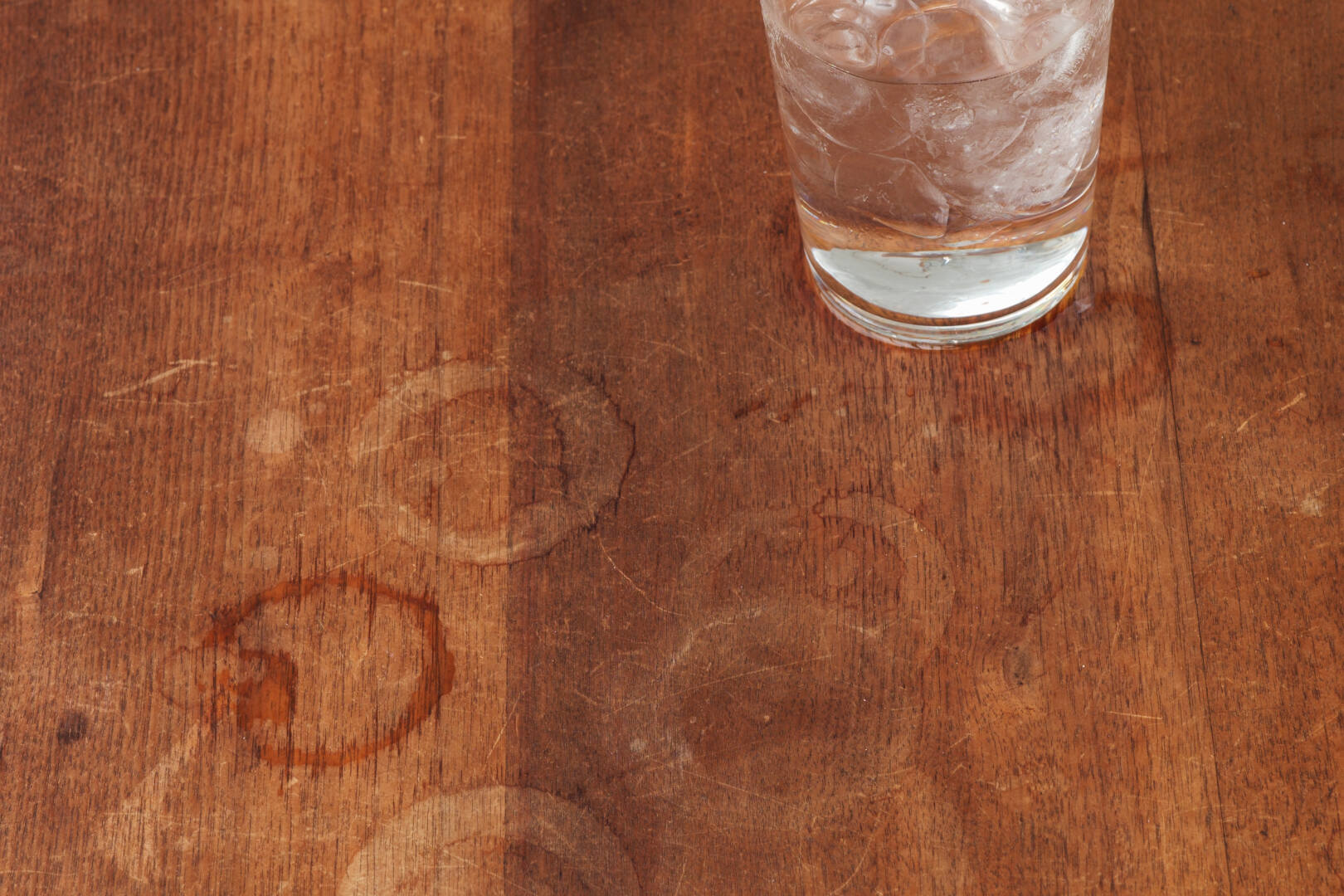
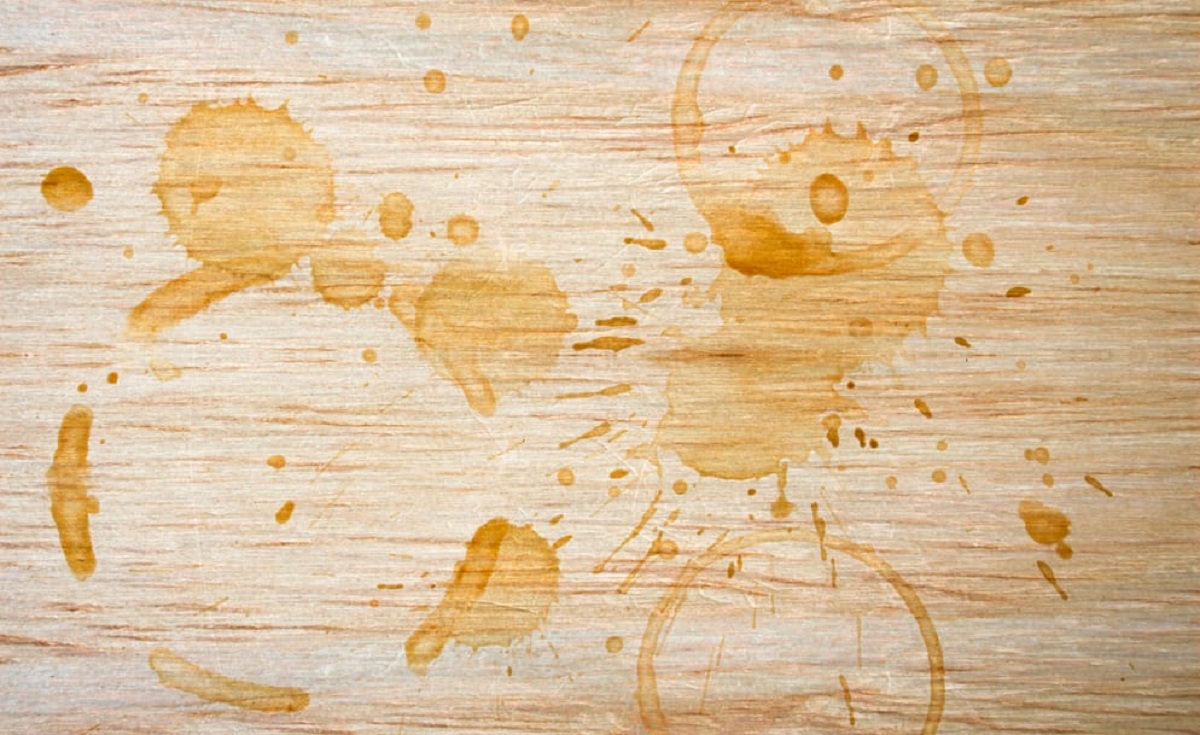


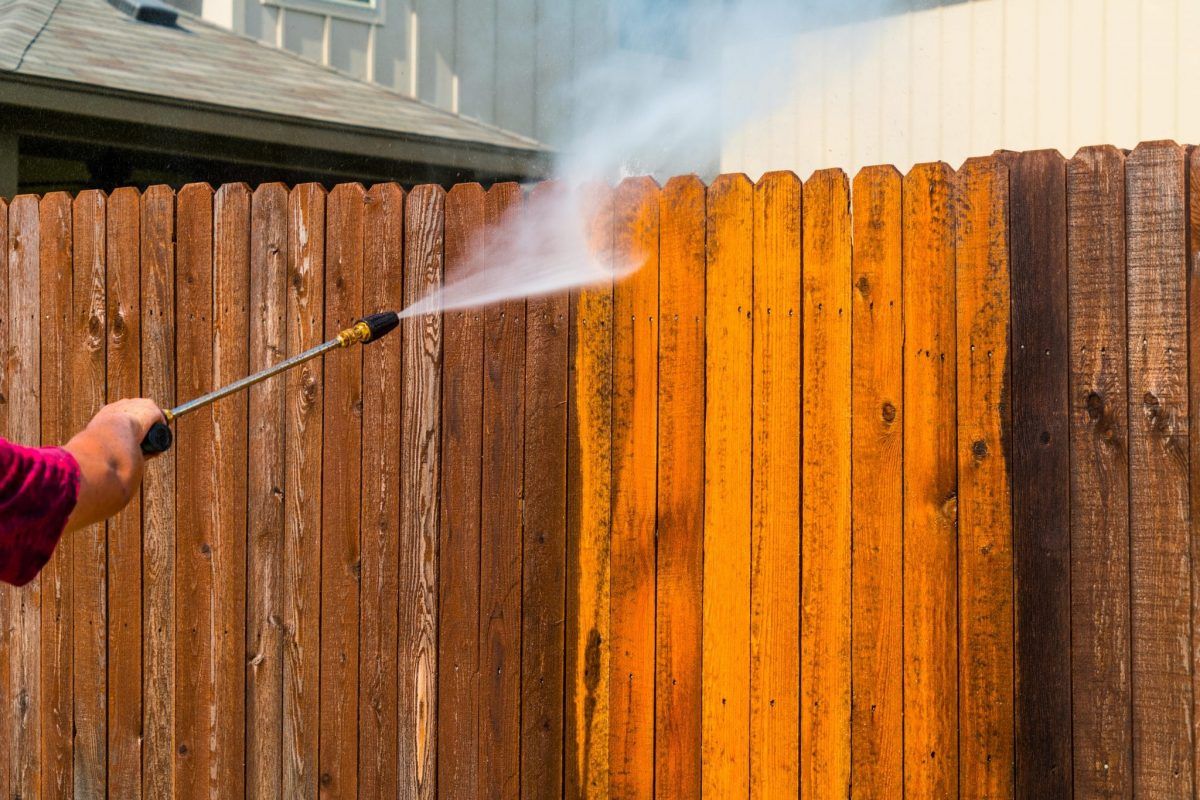
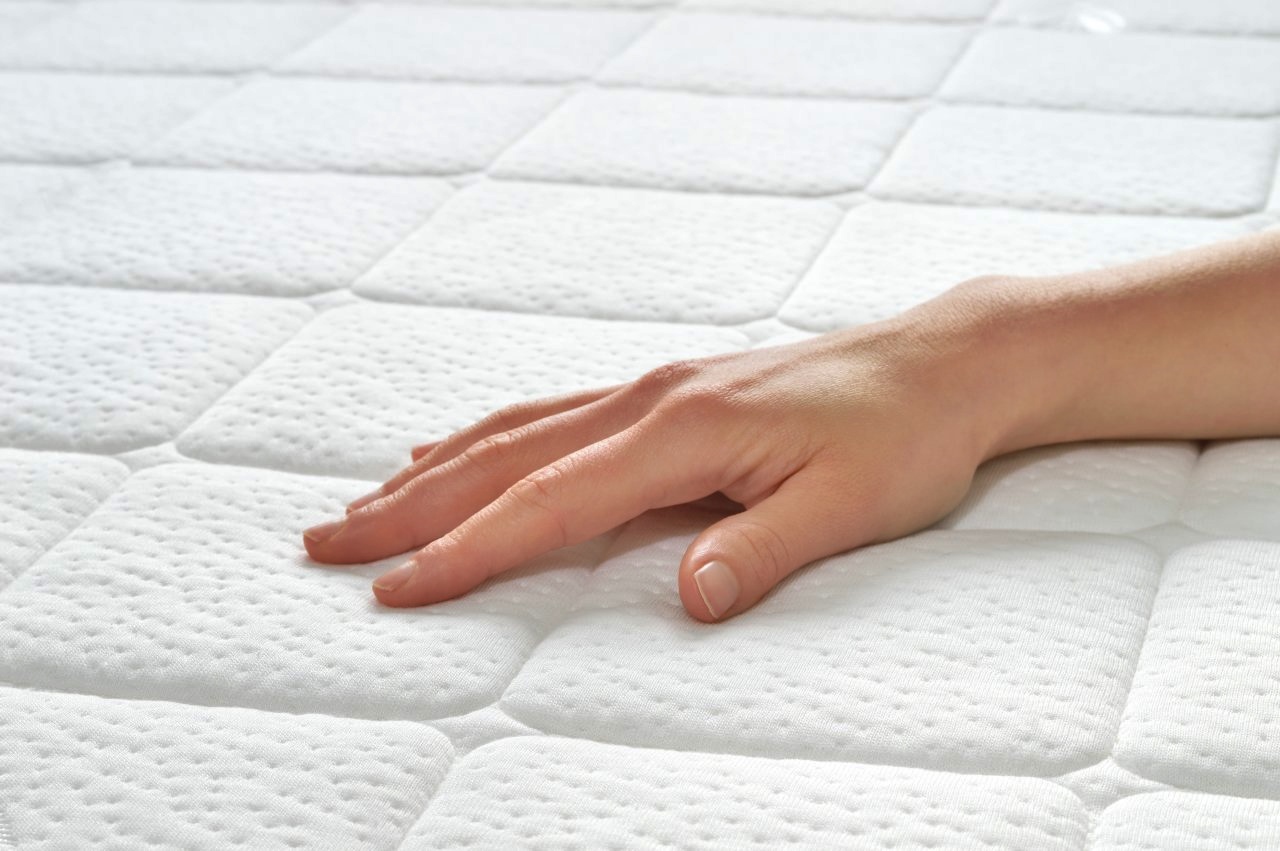

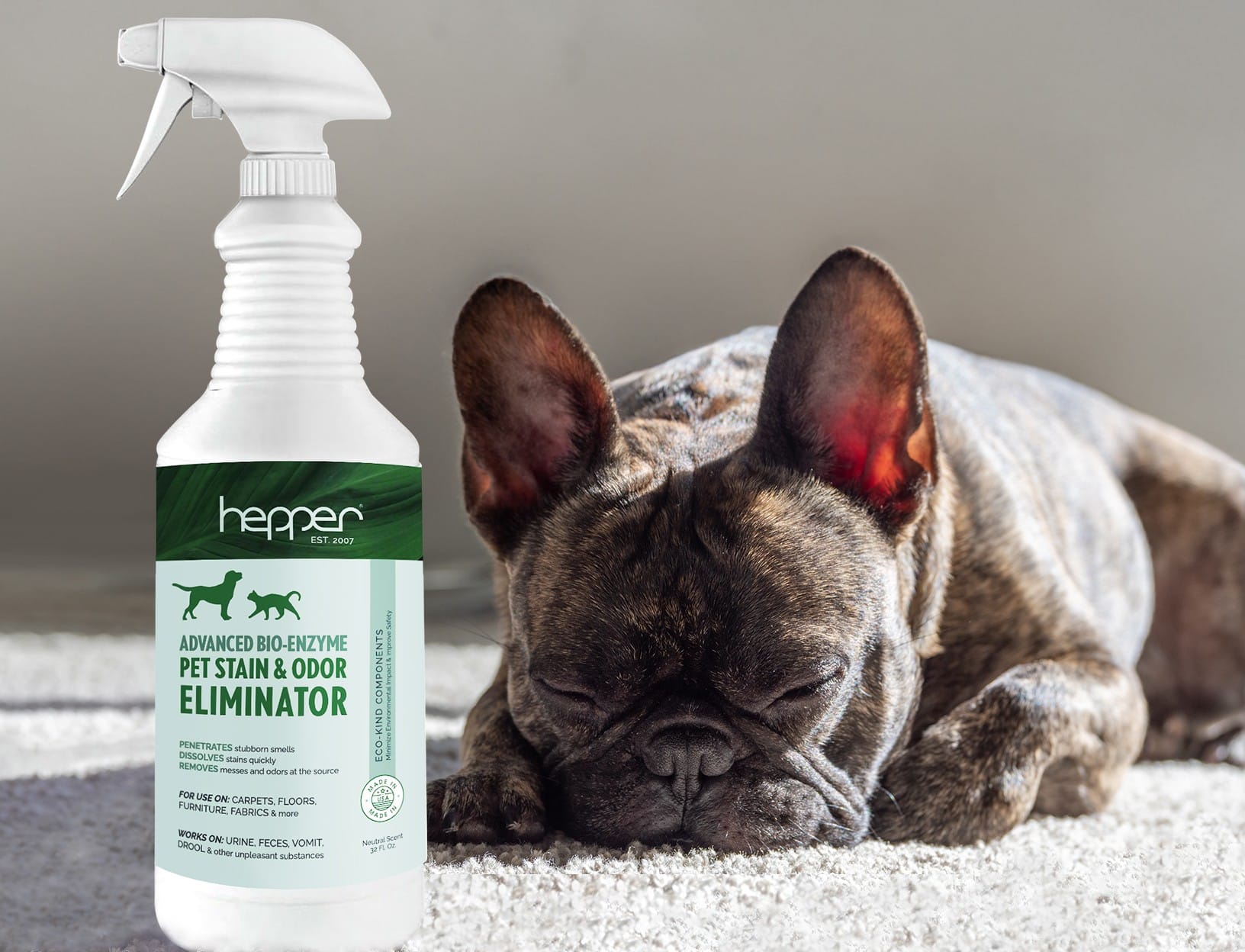
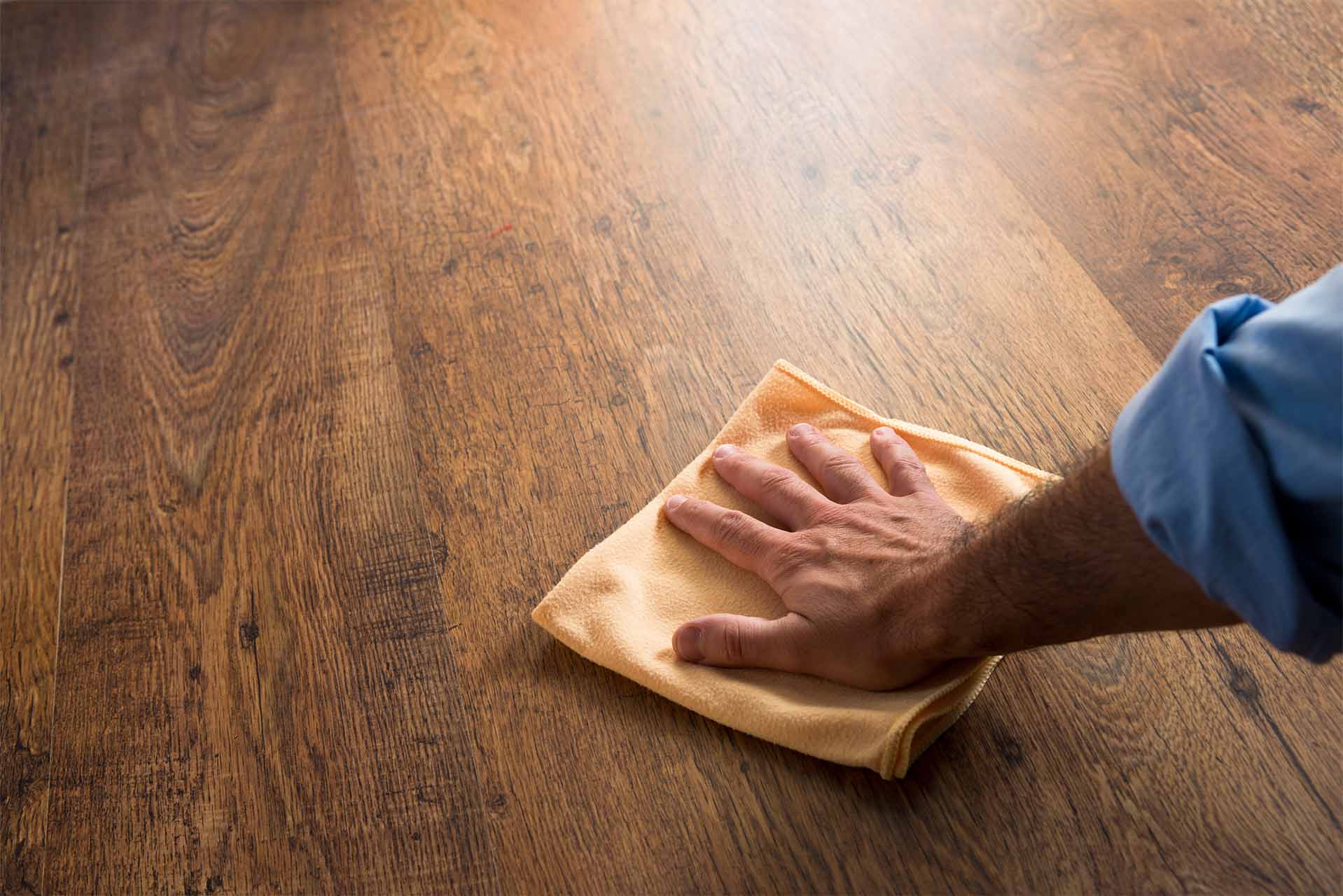
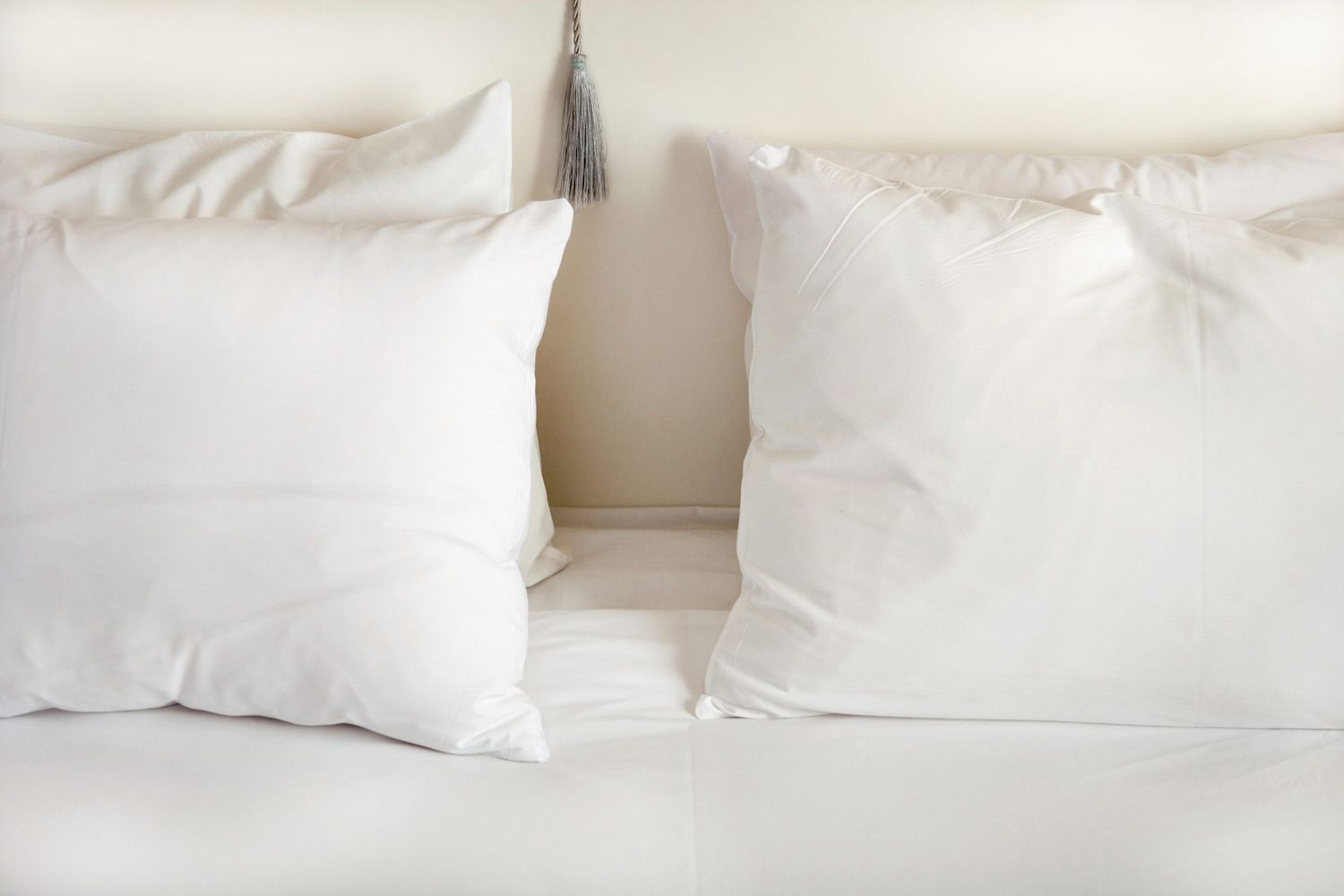
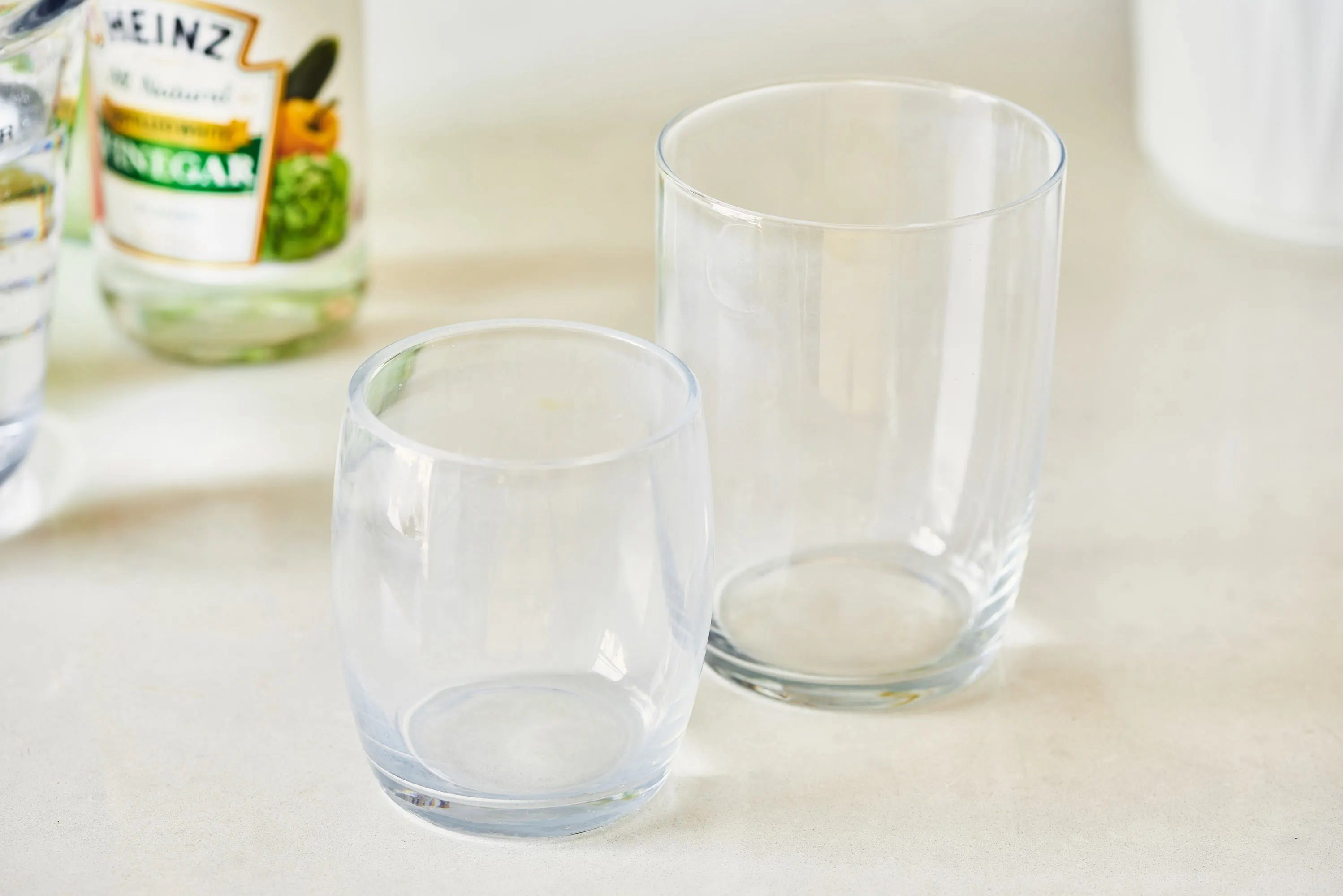

0 thoughts on “How To Remove Turmeric Stains From Household Items”